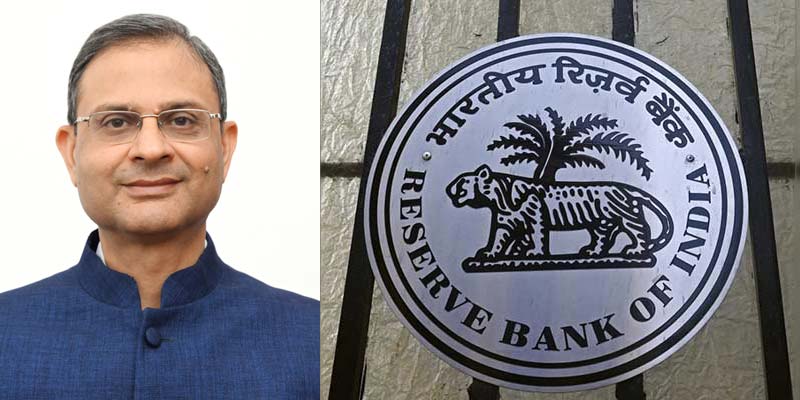- India
- Dec 10
Sanjay Malhotra appointed as new RBI Governor
• The government appointed Revenue Secretary Sanjay Malhotra as the 26th Governor of the Reserve Bank of India (RBI).
• Malhotra, a 1990 batch Rajasthan Cadre IAS Officer, will replace Shaktikanta Das, whose tenure ends on December 10.
• Das was appointed as the 25th Governor of the RBI on December 12, 2018, after the abrupt exit of Urjit Patel. He was granted an extension after completing a three-year term in office.
• The Appointments Committee of the Cabinet cleared Malhotra’s name, who has been appointed as the RBI Governor for three years, starting on December 11.
• RBI Deputy Governor Michael Patra’s term is also set to conclude in mid-January and the government is looking for a replacement.
How is the RBI Governor appointed?
• The Appointments Committee of the Cabinet (ACC) has constituted the Financial Sector Regulatory Appointments Search Committee (FSRASC) for recommending the names for appointment of Chairperson and Members of Financial Sector Regulatory Bodies including those of Governor and Deputy Governors of Reserve Bank of India.
• Besides the Cabinet Secretary, other members of FSRASC include the RBI Governor, Financial Services Secretary and two independent members.
• The selected names will be sent to the Appointments Committee of the Cabinet headed by the Prime Minister for final approval.
Who is Sanjay Malhotra?
• Malhotra, 56, will be the 26th RBI Governor. He is an engineering graduate in computer science from the Indian Institute of Technology, Kanpur, and has a Master’s in Public Policy from Princeton University, the US.
• In his career of over 33 years, he has worked in multifarious sectors, including power, finance and taxation, information technology, and mines, among others.
• Presently, he is the Secretary (Revenue) in the Ministry of Finance.
• In his previous assignment, he held the post of Secretary in the Department of Financial Services under the Ministry of Finance.
• He has extensive experience in finance and taxation at the state as well as the central government levels. As a part of his present assignment, he plays an instrumental role in tax policy formulation in respect of direct and indirect taxes.
Additional Read:
The Reserve Bank of India (RBI) is India’s central banking institution, which controls the monetary policy. It commenced its operations on April 1, 1935 in accordance with the Reserve Bank of India Act, 1934. Following India’s Independence, the RBI was nationalised on January 1, 1949.
Manorama Yearbook app is now available on Google Play Store and iOS App Store

